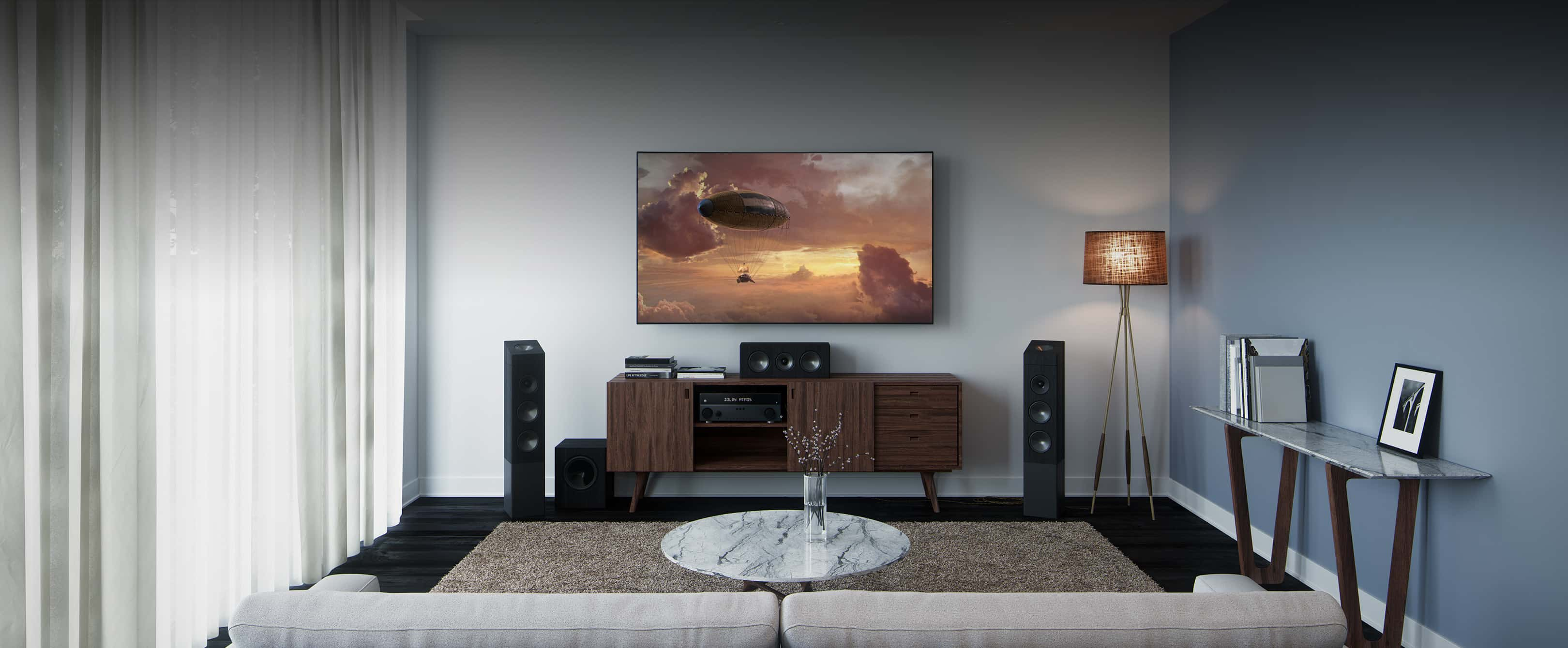Insane Metal
Member
Hi audiophiles from Gaf. I have a friend who wants to get a nice audio setup for his place (probably a 7.1 system) and he asked me for help but I have no idea what to do. I've seen the manual for an Onkyo receiver and I've seen that for an impedance of 6 ohms the outputs are rated 135W but at 8 Ohms they're rated at minimum 80W... how does this work? What if I get 8 Ohms 120W speakers? Would that work?
Last edited:


